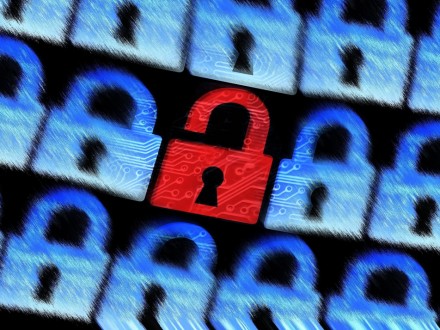Lack of Control of the Attack Surface Increases Risk

Trend Micro warns that, ‘while most understand the impact it is having at the enterprise level, proactive security measures are not being taken to mitigate that risk on an ongoing basis’,
Technological advances such as the expansion of artificial intelligence (AI) and the internet of things (IoT) are making it difficult for organisations to manage. Some are losing control over their digital infrastructure.
‘Already in 2022, global organisations were concerned that their cyber-attack surface was not under control. But the challenge is more acute today,’ warns Kevin Simzer, COO of Trend Micro.
According to the security firm’s research, 89% of companies say that attack surface management is related to their business risk.
Beyond immediate security threats, failure to manage risk on exposed assets can impact supplier relationships (54%), brand reputation (48%), business continuity (39%) and finances (37%).
The fact is that, ‘while most understand the impact it is having at a business level, proactive security measures are not being taken to mitigate that risk on an ongoing basis,’ laments Simzer, who believes that ‘managing cyber risk exposure should be a top priority for all businesses’.
Currently, less than half (46%) of companies apply specific tools to proactively address risk across the entire attack surface.
In Spain, 73% of cyber security incidents that occur involve assets that are unmanaged or unknown to companies.